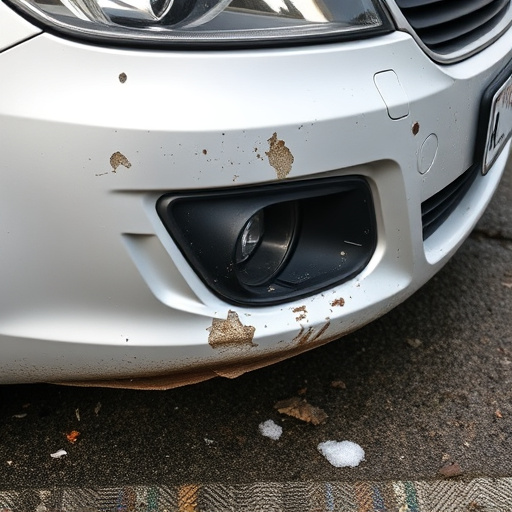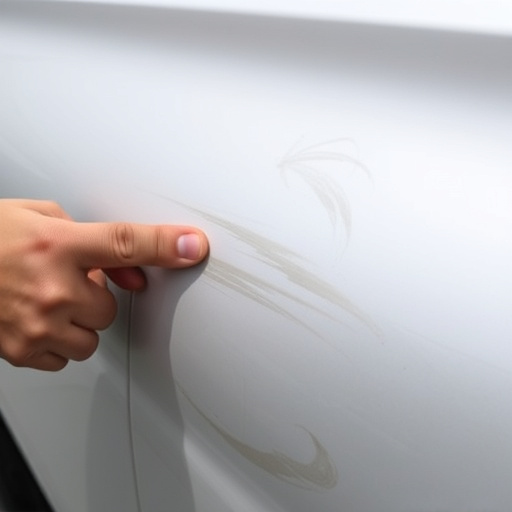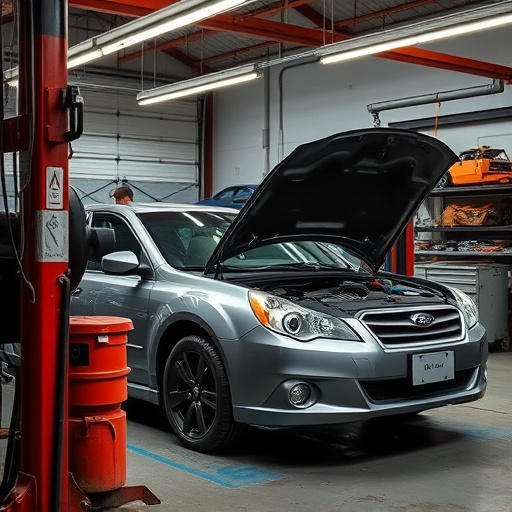Repair scheduling collision in heavy traffic areas with frequent weather events can cause unexpected appointment overlaps, leading to delays and inefficient resource allocation. Efficient collision management systems, factoring vehicle priority, repair complexity, and available technicians, optimize appointments, minimize customer wait times, maintain high-quality standards, and boost customer satisfaction. Advanced scheduling software and staff training enhance these systems' effectiveness, resolving overlapping service requests, resource limitations, and diverse maintenance tasks while improving auto body repair efficiency.
In the pursuit of unparalleled quality assurance, understanding and effectively managing repair scheduling collisions is paramount. This intricate aspect of logistics involves coordinating simultaneous repairs, a challenge that can disrupt workflows and impact overall efficiency. This article delves into the phenomenon of repair scheduling collision, exploring its profound role in quality assurance processes and unveiling strategic solutions to optimize performance, reduce delays, and ensure seamless operations.
- Understanding Repair Scheduling Collision
- The Role in Quality Assurance Processes
- Strategies to Mitigate and Optimize Impact
Understanding Repair Scheduling Collision
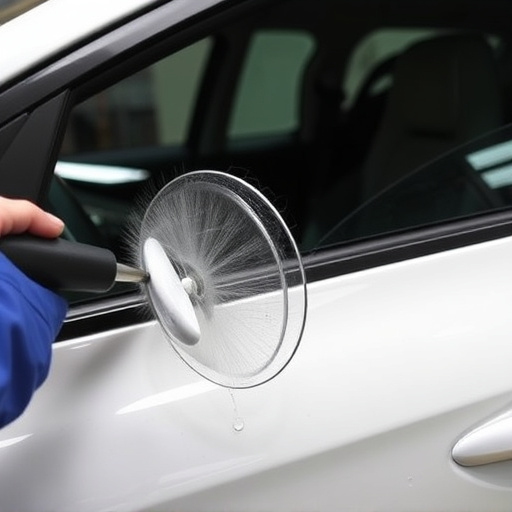
Repair scheduling collision refers to the complex challenge that arises when multiple repair appointments for a single vehicle overlap due to unforeseen circumstances such as hail damage or dents. This scenario is common in areas with high traffic and frequent weather events, where vehicles require immediate attention for various types of auto maintenance, including dent repair and hail damage repair.
When scheduling becomes chaotic, it can lead to delays, inefficient resource utilization, and a decline in overall quality assurance. To mitigate these issues, efficient collision management systems are essential. These systems streamline the appointment process by considering factors like vehicle priority, repair complexity, and available technicians. By optimizing auto maintenance workflows, they ensure timely repairs, reduce customer wait times, and maintain high standards of work, ultimately enhancing customer satisfaction.
The Role in Quality Assurance Processes
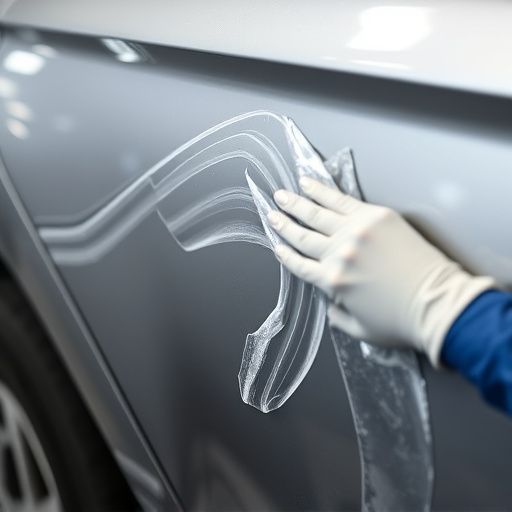
In the intricate world of quality assurance, repair scheduling collision plays a pivotal role in maintaining the highest standards across various industries, especially automotive sectors. This process involves coordinating and managing repairs efficiently to ensure that vehicles, whether regular or luxury models from auto collision centers, are restored to their pre-incident condition promptly and accurately.
A well-structured repair scheduling collision system is crucial for preventing delays and potential quality degradation during the restoration process. It enables auto collision repair facilities to streamline operations, allocate resources effectively, and maintain a consistent level of excellence in every vehicle collision repair they undertake. By minimizing disruptions and maximizing efficiency, these processes contribute significantly to the overall satisfaction of clients who visit auto collision centers for their vehicle’s needs.
Strategies to Mitigate and Optimize Impact
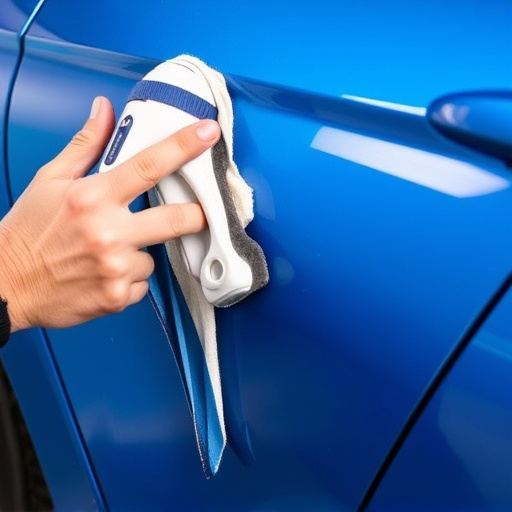
In the realm of quality assurance, especially within the context of automotive industries, managing repair scheduling collisions is a complex yet vital task. These collisions often arise due to overlapping service requests, resource constraints, and the intricate nature of auto maintenance tasks. To mitigate their impact, businesses employ strategic approaches that streamline operations and enhance customer satisfaction. One effective strategy involves implementing robust scheduling software capable of intelligently allocating resources, considering the unique requirements of each car repair service and auto body repairs task.
By prioritizing tasks based on urgency and complexity, and leveraging data analytics to predict workload fluctuations, organizations can optimize their schedules. This proactive approach minimizes delays caused by unexpected repairs, ensuring that regular maintenance and scheduled services proceed without disruption. Moreover, training staff in efficient collision management practices and fostering a culture of communication further refines the process, leading to improved overall efficiency in auto body repairs.
Repair scheduling collision is a critical aspect of quality assurance that, if left unaddressed, can lead to significant operational disruptions. By understanding its causes and implementing effective strategies to mitigate and optimize its impact, organizations can enhance overall efficiency and customer satisfaction. These efforts are essential in maintaining high-quality standards and ensuring smooth workflows in modern manufacturing environments.





